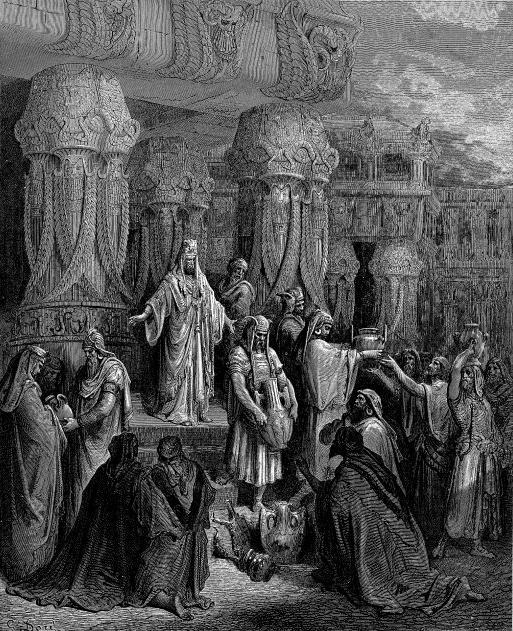The video below “Iran in the Bible: The Forgotten Story” was produced by the Our Daily Bread Films venue:
“Iran in the Bible: The Forgotten Story” from the Our Daily Bread Films venue (Source: Our Daily Bread in YouTube). Readers are also encouraged to consult Dr. Edwin M. Yamauchi’s textbook ” Persia and the Bible (Grand Rapids: Baker, 1990 & 1997; ISBN 0-8010-9899-8) who is also interviewed in the above video.
In his article on Zoroastrianism, John Palmer states the following:
“Born at a time when the peoples of the Iranian plateau were evolving a settled agriculture, Zoroaster broke with the traditional Aryan religions of the region which closely mirrored those of India, and espoused the idea of a one good God – Ahura Mazda. What became known eventually in the west as Zoroastrianism was also the first to link religious belief with profound attachment to personal morality. In Zoroastrian eschatology there is much which has become familiar from reading the Jewish and Christian testaments: heaven, hell, redemption, the promise of a Sashoyant (Messiah), the existence of an evil spirit Ahriman and – most striking of all – the prospect of a final battle for the salvation of man at “the end of time” between Ahura Mazda and Ahriman leading to the latter’s final defeat.”
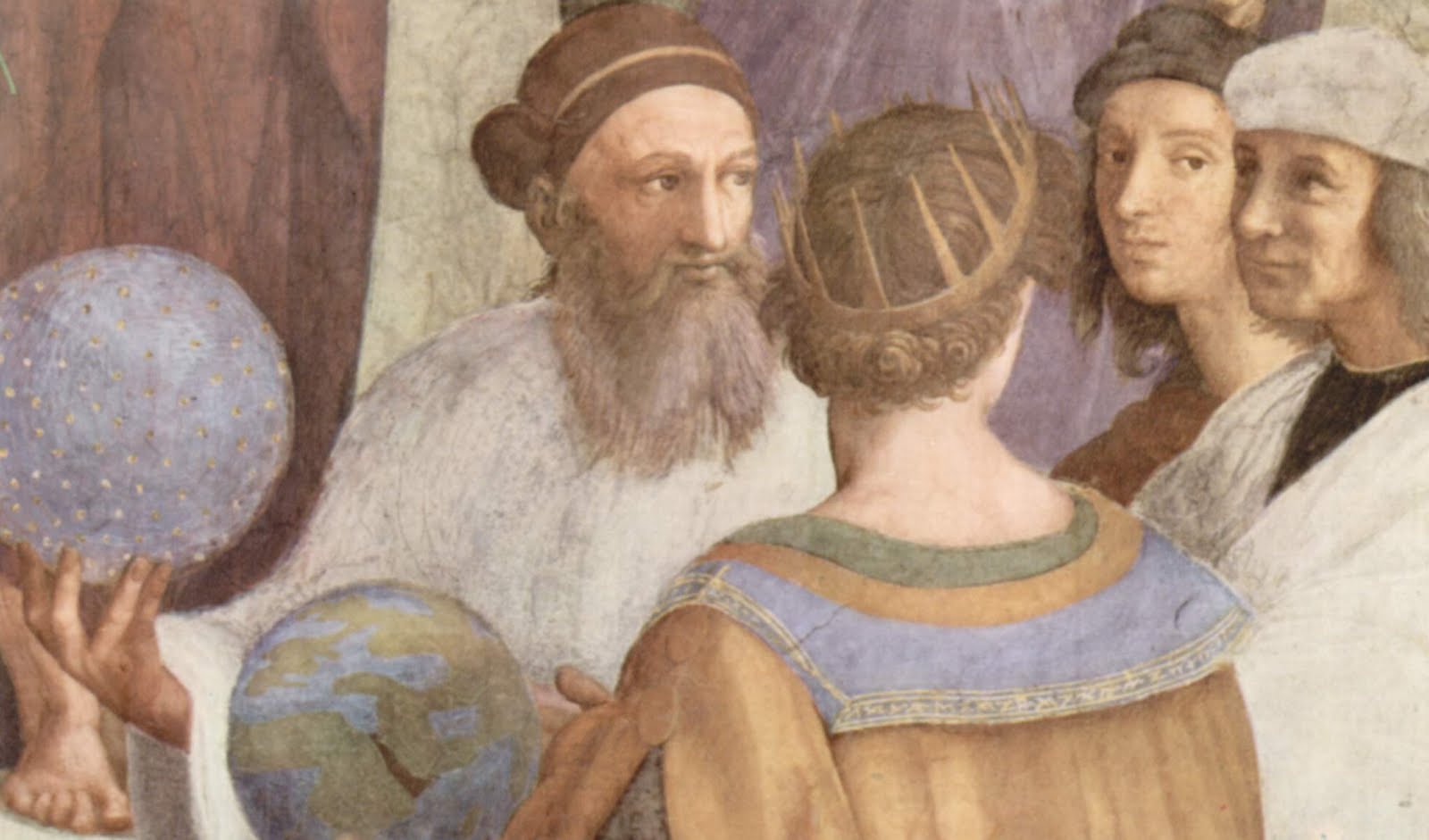
A detail of the painting “School of Athens” by Raphael 1509 CE (Source: Zoroastrian Astrology Blogspot). Raphael has provided his artistic impression of Zoroaster (with beard-holding a celestial sphere) conversing with Ptolemy (c. 90-168 CE) (with his back to viewer) and holding a sphere of the earth. Note that contrary to Samuel Huntington’s “Clash of Civilizations” paradigm, the “East” represented by Zoroaster, is in dialogue with the “West”, represented by Ptolemy. Prior to the rise of Eurocentricism in the 19th century (especially after the 1850s), ancient Persia was viewed positively by the Europeans. For more information see: Dr. Ken R. Vincent: Zoroaster – The First Universalist.
The historical and theological ties between ancient Iran and the Israelites have run for millennia. As stated by John Palmer:
“What – at the very least – were the deep affinities between Zoroastrianism and Judaism goes a long way to explain what over the centuries were the close and friendly relations between Persians and Jews. The influence of 20th century religious-political ideologies have poisoned that relationship. Perhaps a greater acknowledgement by Jews, Christians and Muslims of their Persian Zoroastrian inheritance would be a step to improving those relationships.”
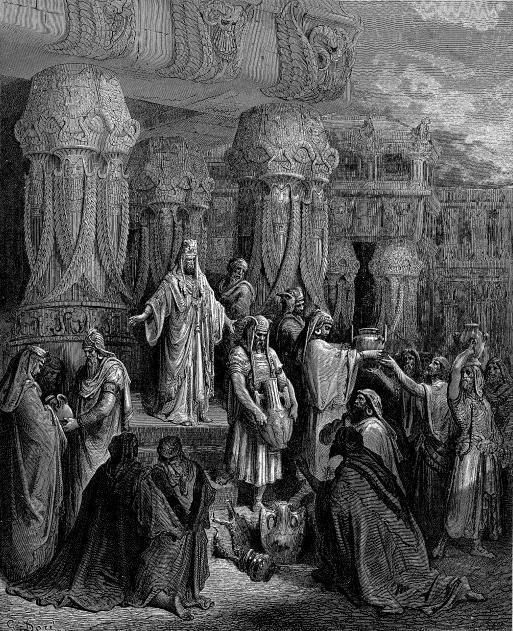
Gustave Dore’s painting of Cyrus the Great restoring the sacred vessels of the temple to the Jews (Posted in the KingFoska Files website). When Cyrus conquered Babylon, he ordered the sacred religious objects of the Jerusalem Temple to be restored to their rightful owners, the Jews.
A little known topic is the case of the Persian Sibyl which as noted by Nathaniel Harris:
“The Persian Sibyl is credited with the prophecy of the Virgin Mary conquering the Beast of the Apocalypse.” (Harris, 1995, p.92; Harris, N. (1995). The Life and Works of Michelangelo. Bath, UK: Parragon Publishing).
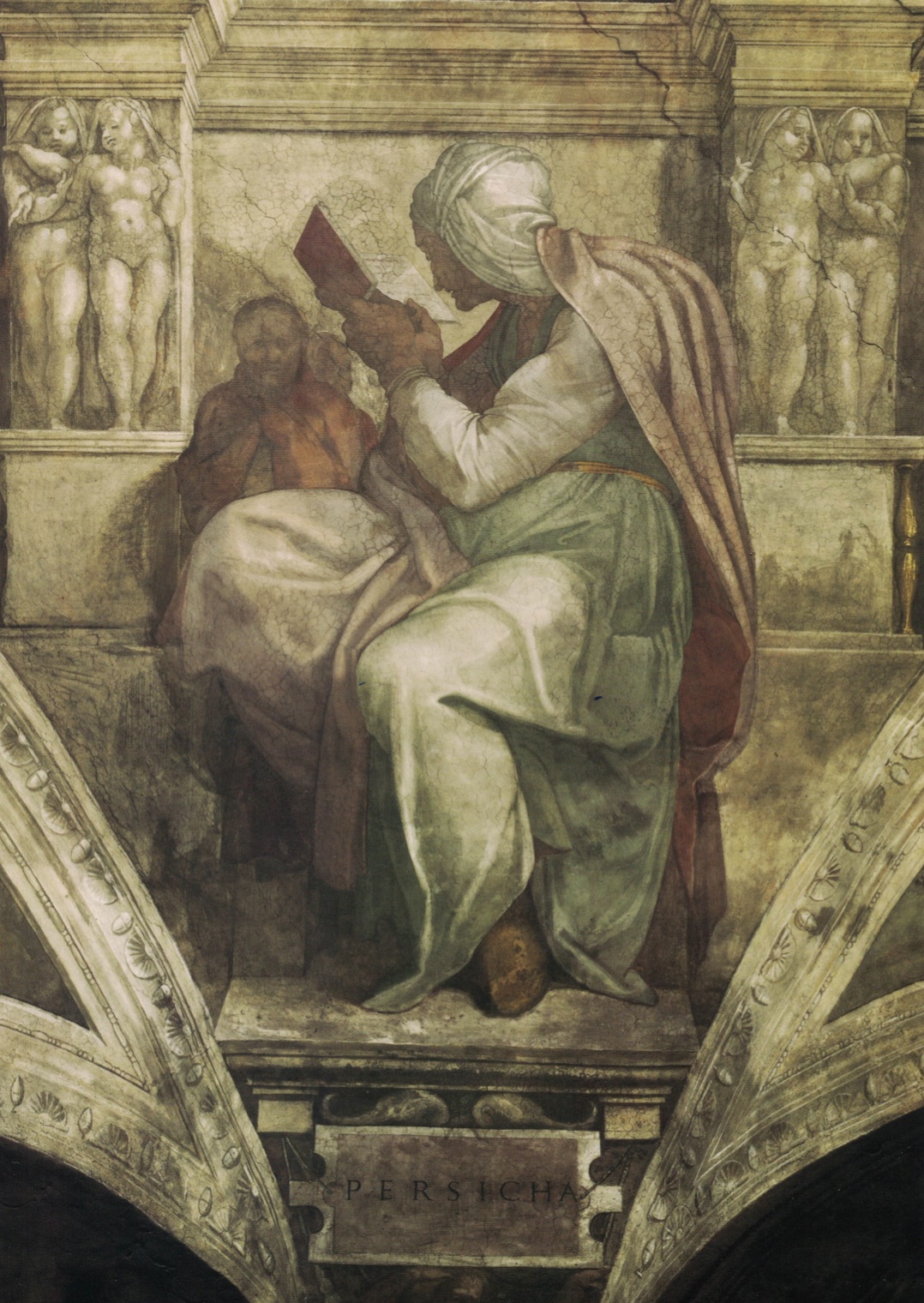
“The Persian Sibyl” as painted in 1508-1512 by the Renaissance era Italian Polymath Michelangelo (1475-1564) who was notable for his works in painting, architecture, poetry and sculpting.
It is also notable that St. Thomas, one of the twelve apostles of Jesus Christ (Yeshuah Hamashiach), is historically reported as having met (after 30CE, possibly sometime in 43-44 CE) with the king of the Indo-Parthian kingdom, Gondophares (approximately ruled in 19-46 CE; himself a direct descendant of the Parthians of Iran, most likely from the noble clan of the Suren).
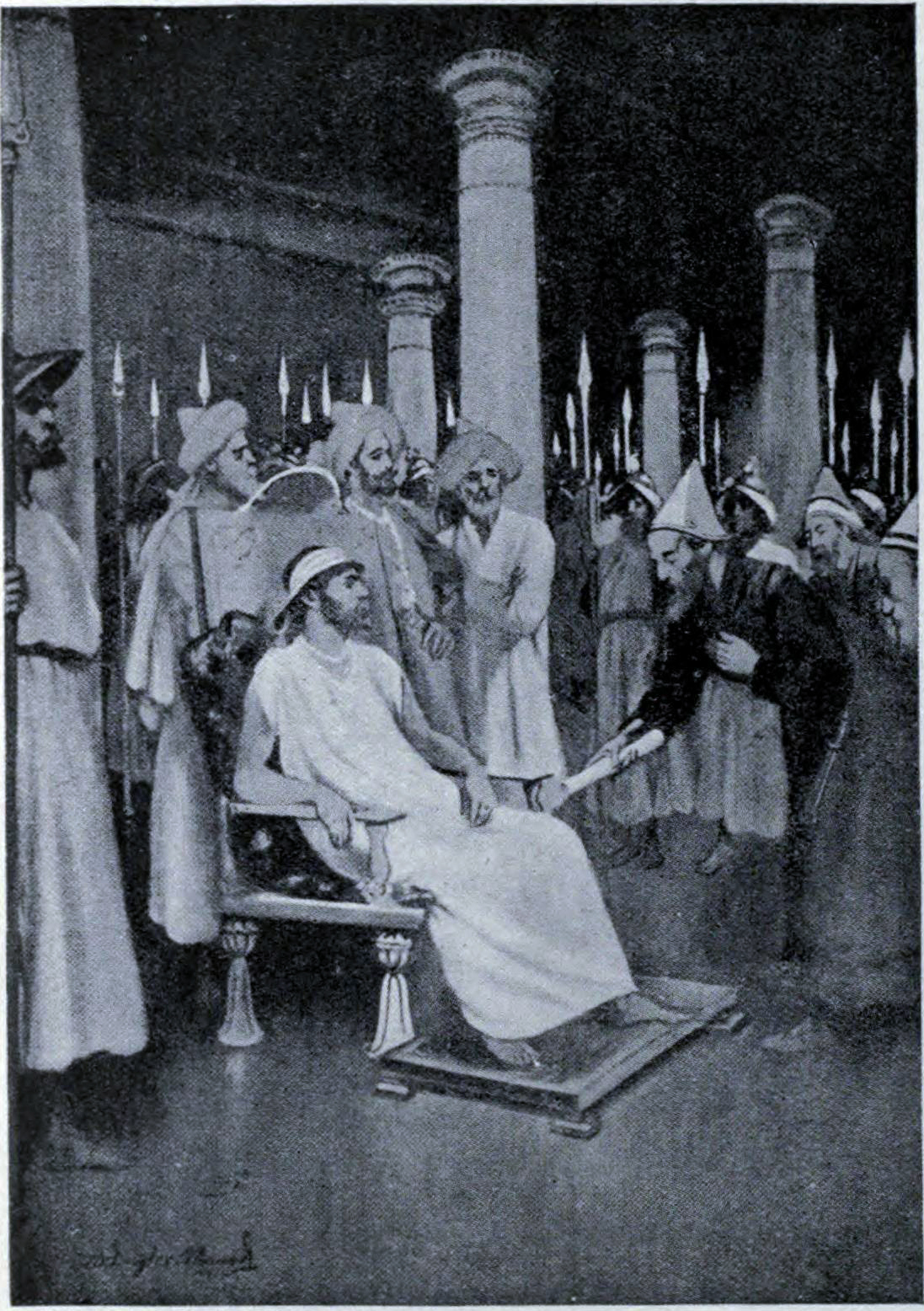
An illustration depicting Saint Thomas delivering his letter to king Gondophares (Image Source: Public Domain from Hutchinson’s Story of the Nations). Gondophares was also known by his Iranian name Phraortes (Farhad).

